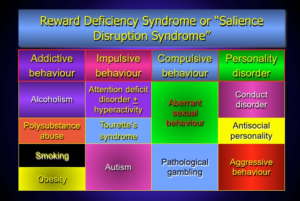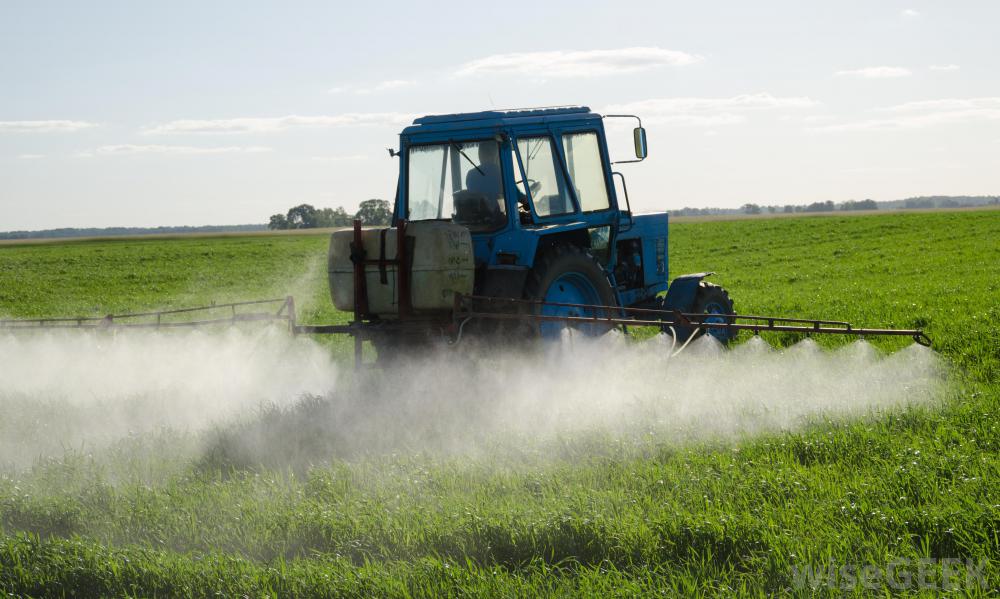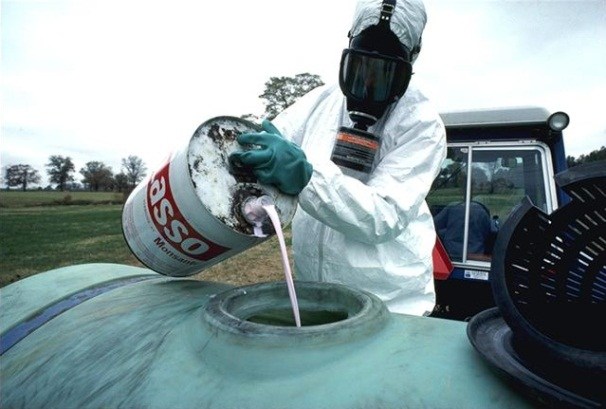How Profitable Is It To Create Natural Addiction Clinics?
There are lots to benefit from when an addict decides to get treatment from a natural addiction clinic. To begin with, most of these natural addiction clinics are also holistic meaning they not only focus on treating the symptoms of addiction but focuses on whole person healing that entails correcting all the defects that might have been caused by the prolonged use of the drugs of abuse. This is just another great reason that make addicts go for natural addiction clinics as opposed to pharmaceutical prescriptions that may only address the issues of addiction related symptoms and cravings but will not focus on achieving whole person healing by healing the parts of brains and the entire nervous system that have since stopped coordinating well for optimum health of the addict. The profitability of natural addiction clinics is peaking in some parts of the world while in others it has already climaxed due to the embrace with which the addicts have welcomed the exceptional ability of nature’s healing powers. Today many addiction patients will prefer to get attended to in a holistic rehabilitation center that advocates for natural addiction treatment. This has led to the mushrooming of different natural addiction centers, some of which have stayed till now offering beneficial addiction treatments to addicts while some that sprang up with the sole aim of reaping big profits have disappeared. What does this tell us? Okay, creating a natural addiction clinic can be very profitable but you as a doctor needs to be more concerned with the wellbeing of your patients than your drive to enrich yourself. AWAREmed Health and Wellness and Resource is an example of an establishment that advocates of natural healing as they are holistic, this facility has remained till now because it was created with a mission to avail the best alternative treatments to patients battling some of the most common diseases that patients find a nightmare to treat such as cancer and addiction. This establishment is a living testimony of how profitable an establishment that advocates for natural healing can be profitable when founded on the stones of care and love for patients as well as laced with unending quest to avail better and safer treatment options to patients battling addiction.

Natural addiction Clinics can benefit all addicts
Another reason that has made natural addiction clinics more popular is the fact that these clinics are well equipped and are always founded by integrative doctors who are experienced in addiction treatment and hence know the extent to which specific drugs or substances affect the person and which option of treatments can best yield the much needed result. the natural addiction clinics employs some of the traditional addiction treatments that are known to be effective and goes a long way in achieving whole person healing as opposed to treatment of just symptoms and calming down some of the common side effects of drug withdrawals like depression and anxiety. There’s no requirement for attending these clinics except that participants must deeply desire sobriety. However, most participants have been through a traditional rehab program and not had the success they desired. Natural addiction clinic programs are considered alternative types of treatment because they don’t follow the traditional model, which focuses on psychotherapy, 12-step programs and other support groups but focuses on all the benefits that can be drawn from the nature’s natural healing powers to help heal an addict with minimal or no side effects at all.
 The natural addiction clinics incorporate the use of herbs and specific diets to help restore the balance in the brain chemistry and quell cravings. The natural addiction clinics are not only for those who are addicted to drugs and substances alone but also for those with behavioral addictions like gambling, sex addiction and even pornography. Natural addiction clinics may offer such services as nutritional counseling, psychiatric support, massage, yoga, Tai Chi, herbal therapies and adventure-based therapies that cater to all manner of addictions, both behavioral and substance related. These centers also have staffs who are vastly experienced in handling addiction cases. They can also customize treatment to suit every patient’s condition belief and preferences all in a bid to restore the mind the body and the spirit. The fact that the natural addiction clinics are home for all addicts further opens great avenues for qualified doctors who opt to create natural addiction clinics.
The natural addiction clinics incorporate the use of herbs and specific diets to help restore the balance in the brain chemistry and quell cravings. The natural addiction clinics are not only for those who are addicted to drugs and substances alone but also for those with behavioral addictions like gambling, sex addiction and even pornography. Natural addiction clinics may offer such services as nutritional counseling, psychiatric support, massage, yoga, Tai Chi, herbal therapies and adventure-based therapies that cater to all manner of addictions, both behavioral and substance related. These centers also have staffs who are vastly experienced in handling addiction cases. They can also customize treatment to suit every patient’s condition belief and preferences all in a bid to restore the mind the body and the spirit. The fact that the natural addiction clinics are home for all addicts further opens great avenues for qualified doctors who opt to create natural addiction clinics.
Another factor that makes natural addiction clinics preferable is the environment in which most of them are located, natural addiction clinics are not mostly established in busy town centers but on the mountains, or by a lake or the ocean. The setting is usually peaceful and idyllic in order to promote healing. Most holistic addiction doctors believe that locating these clinics in such places helps the patients to connect with nature which further helps them to recover even faster.
Offers variety of treatment options
The extent to which a person is affected by drug use will warrant the type of treatment that he gets, it is also good to note that different people will react to a given treatment differently and this is why a specific treatment that worked for a given addict may fail to work for another addict. This is why most natural addiction clinics avail different treatment options that addicts can benefit from. Some of the traditional approaches to healing like meditation are god for an addict but if for some reason you are not comfortable you are often given the freedom to skip the session. It is your determination for sobriety that shouldn’t run out.
Finally, even if creation of natural addiction clinics were to yield supernormal profits, it is good to stay within the focus which is to avail better healing options for all addicts. Dr. Dalal Akoury of AWAREmed Health and Wellness Resource center has championed the use of integrative medicine in healing addicts for years; find her at Myrtle beach, South Carolina.


































